Alaska is known for its long, harsh winters, which can last for several months with extreme cold, heavy snowfall, and limited daylight. Living in such conditions requires careful preparation, adaptability, and resilience. Alaskans have developed strategies to not only survive but also thrive during the winter months. From stocking up on supplies to adjusting daily routines, these practices help residents maintain comfort, safety, and mental well-being. Understanding how Alaskans prepare for winter offers insights into resourcefulness and lifestyle adaptations that are unique to one of the coldest regions in the United States.
1. Stocking Up on Essentials
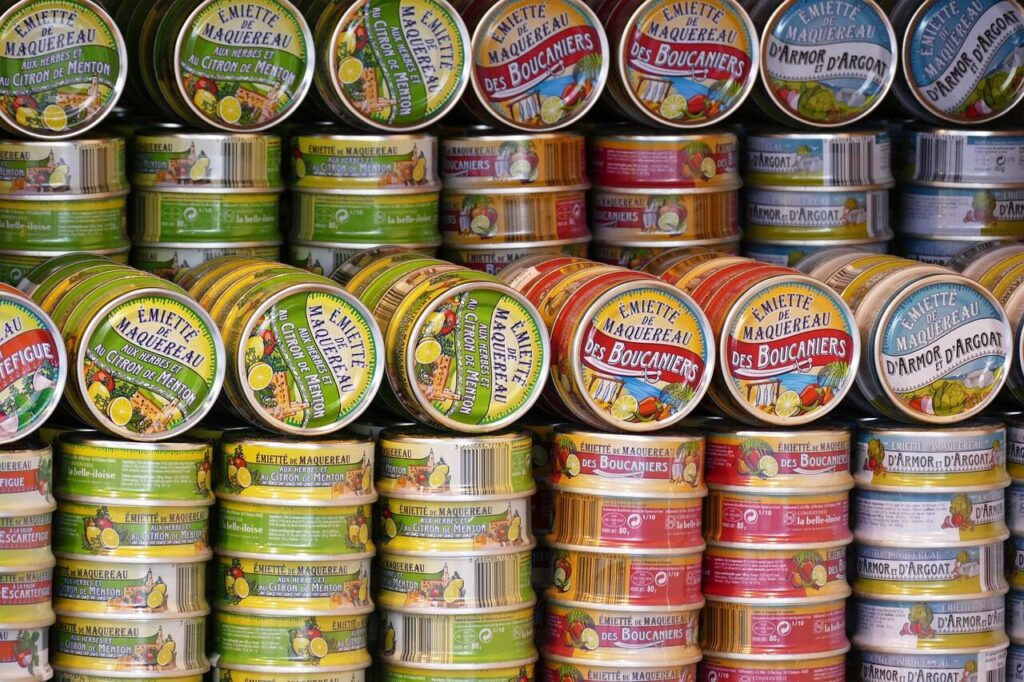
Alaskans prepare for winter by ensuring they have sufficient food, water, and other essential supplies. With snowstorms potentially cutting off access to stores for days or even weeks, stocking up on nonperishable food, fuel, and medical supplies is crucial. Many households maintain a well-organized pantry and backup power sources. Frozen foods, canned goods, and long-lasting staples are common. Alaskans also prepare for emergencies by keeping extra blankets, flashlights, and batteries ready. This proactive approach helps families stay safe and self-sufficient, reducing the stress that comes with unpredictable weather and limited access to services.
2. Winterizing Homes
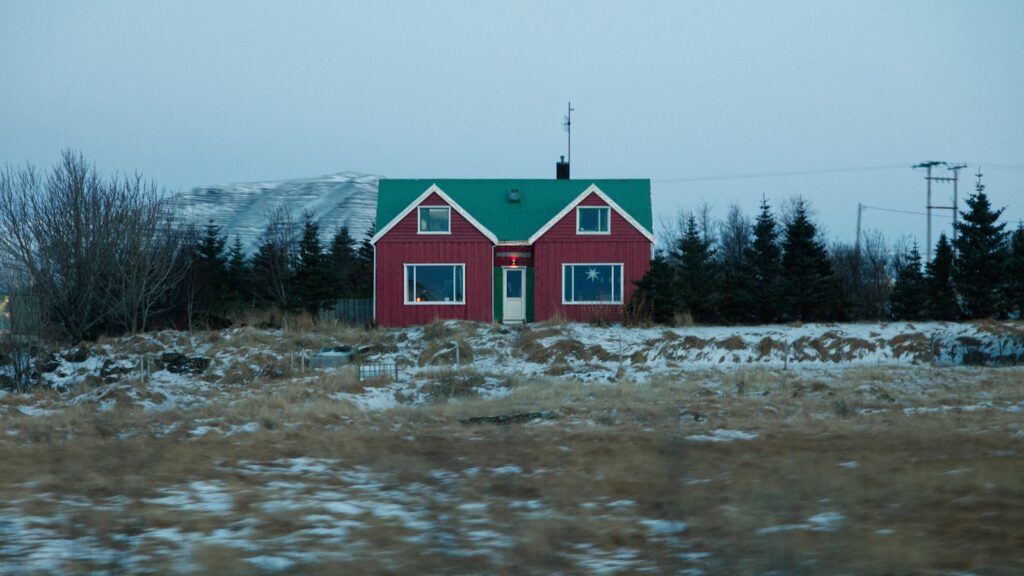
Preparing homes for freezing temperatures is vital in Alaska. Residents ensure windows and doors are sealed properly to prevent drafts and heat loss. Insulation is checked and upgraded if needed, while pipes are insulated to avoid freezing. Many Alaskans install backup heating systems and maintain wood stoves or generators for emergencies. Roofs are cleared of heavy snow to prevent damage, and outdoor faucets are protected. By winterizing homes, Alaskans maintain comfort and safety throughout the season. This preparation also helps reduce energy costs and protects property from potential damage caused by harsh winter conditions.
3. Maintaining Vehicles
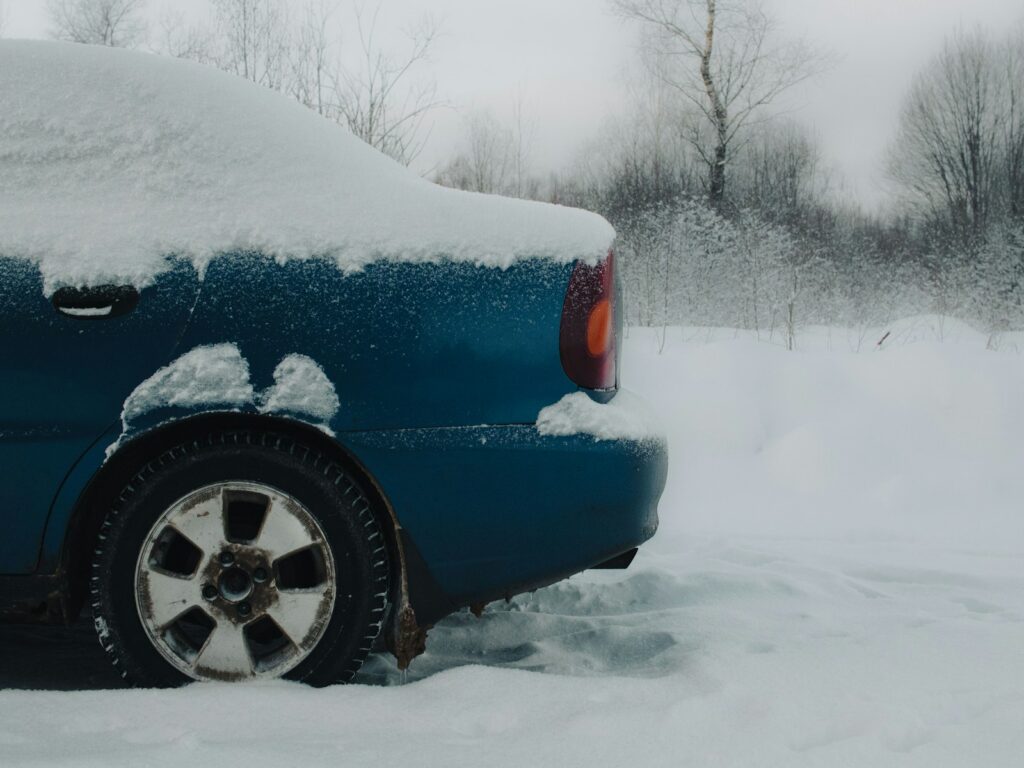
Alaska’s winter roads can be dangerous due to ice and snow. Residents prepare by equipping vehicles with winter tires and ensuring antifreeze levels are adequate. Battery health is checked regularly, and emergency kits with blankets, food, and shovels are kept in vehicles. Many Alaskans also use engine block heaters to prevent freezing. Regular maintenance, including checking brakes and windshield wipers, is essential. Proper vehicle preparation ensures safety and mobility during the long winter months. It also reduces the likelihood of accidents or being stranded in extreme weather, making daily commuting and travel much more manageable.
4. Dressing in Layers
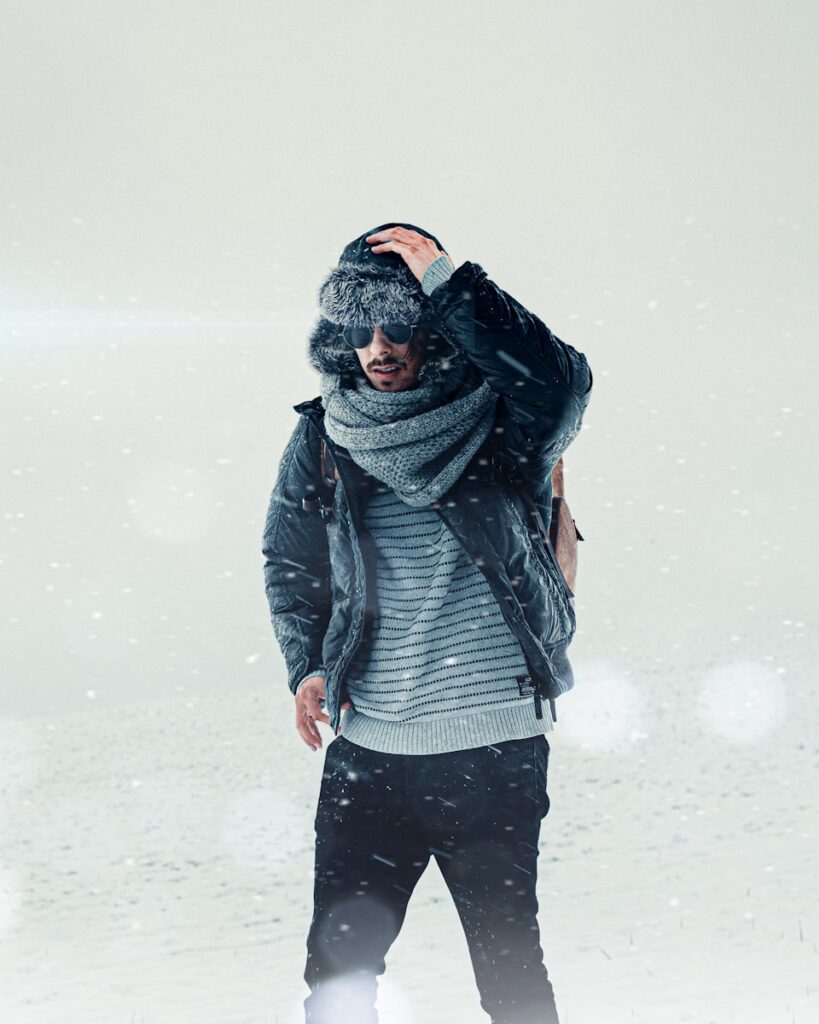
Alaskans rely on proper clothing to stay warm during extended cold periods. Layering is key, starting with moisture-wicking base layers, insulating middle layers, and windproof outer layers. Hats, gloves, scarves, and thermal socks are essential for protecting extremities. Waterproof boots are also common to manage deep snow and slush. Alaskans choose clothing that is both functional and durable to withstand harsh conditions. Dressing in layers allows them to adjust to indoor and outdoor temperatures comfortably. This practice prevents frostbite and hypothermia, making outdoor activities like commuting, hunting, or recreation safer during the long winter months.
5. Stocking Firewood and Fuel
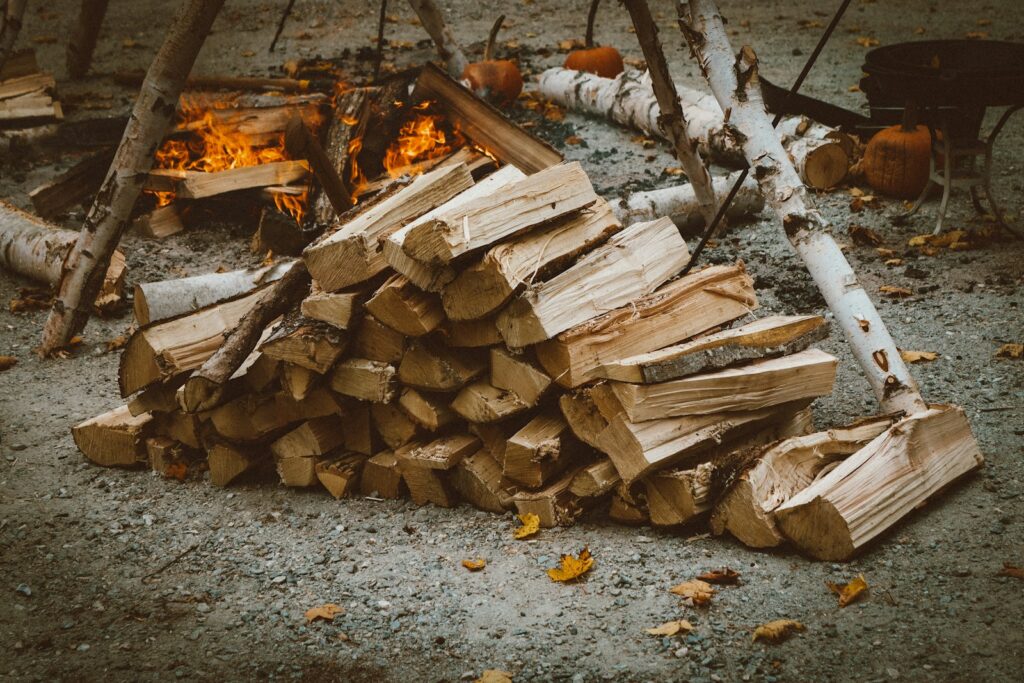
Reliable heat sources are critical in Alaska’s winter. Many homes rely on wood stoves, oil furnaces, or propane systems. Residents stockpile firewood and fuel ahead of winter to ensure a steady supply throughout the season. Deliveries can be delayed during storms, so preparation is key. Wood is often cut, split, and stored in sheltered areas, while fuel tanks are filled before temperatures drop. This ensures that families remain warm and energy needs are met. Having backup heating options allows Alaskans to maintain comfort and safety even during extended power outages or extreme weather events.
6. Preparing for Limited Daylight
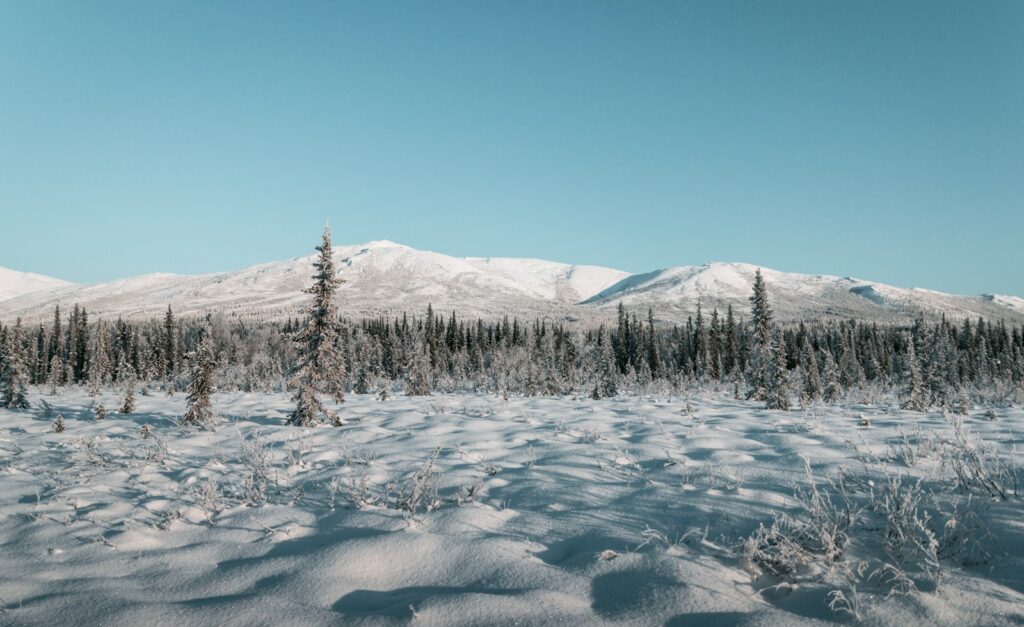
Winter in Alaska brings extremely short days, which can affect mood and productivity. Residents adjust by planning outdoor activities during available daylight and using bright indoor lighting to combat seasonal depression. Many Alaskans invest in light therapy lamps or vitamin D supplements. Keeping a structured daily routine helps maintain mental and physical health. Social activities and hobbies are scheduled indoors to stay active and engaged. By preparing for the challenges of limited sunlight, Alaskans reduce the negative effects of darkness while maintaining a sense of normalcy and well-being throughout the long winter months.
7. Stocking Winter Supplies for Outdoor Activities

Outdoor recreation is an important part of life in Alaska, even during winter. Residents stock up on snow shovels, ice scrapers, sleds, skis, and snowshoes to stay active and safe. Emergency gear such as ice cleats, hand warmers, and thermal blankets is also prepared. Maintaining snow removal equipment for driveways and walkways ensures safety around the home. By being well-equipped, Alaskans can enjoy winter activities like skiing, snowmobiling, and ice fishing while staying safe. This preparation allows them to embrace the season fully instead of feeling restricted by extreme weather conditions.
8. Stocking Emergency Kits

Alaskans prepare for unexpected winter emergencies by maintaining comprehensive kits. These include first aid supplies, nonperishable food, water, flashlights, batteries, and backup heating options. Many kits also have extra clothing, blankets, and communication devices. Emergency plans are often discussed with family members to ensure everyone knows how to respond in power outages or severe storms. Keeping these kits accessible provides peace of mind and ensures survival during unpredictable weather events. Being ready for emergencies is a key part of Alaskan winter preparation and allows residents to handle extreme conditions confidently and safely.
Comments